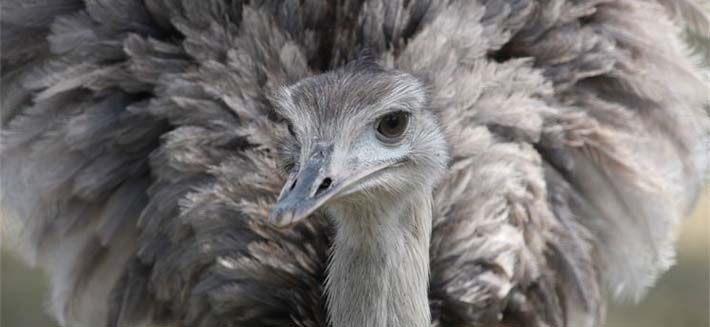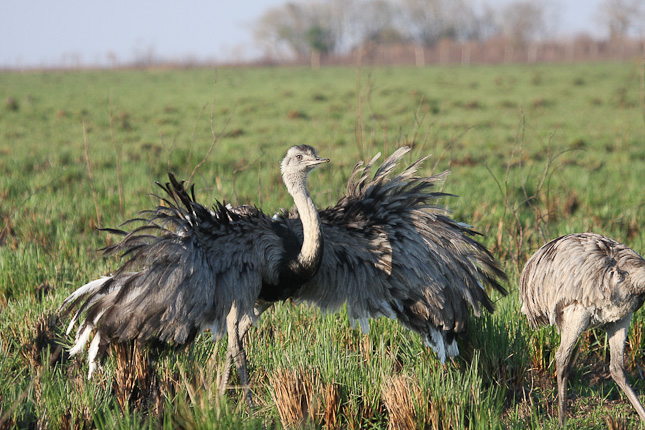
Strange Tails
We're delighted to have a strong population of strange-tailed tyrants at the reserve. So much so that we've adopted these beautiful and endangered birds as the symbol of the Trust
The growing diversity of the animals of Reserva Don Luis is a fresh source of delight every time we return. We don't play favourites, but it's impossible not to engage more with some of our more conspicuous guests. One of these is the strange-tailed tyrant. The male is stoic in his tolerance of one of nature's strangest - and it would seem least practical - adaptations. He's willing to suffer to be beautiful, and somehow manages to fly with tail feathers that were surely designed for a bird three times his size.
We love his perseverance; his resolution to succeed against challenge, and his ability to prove that anything is possible. He's appearing in growing numbers on the Reserva Do Luis, and his success has become an allegory for, and a symbol of, our own.
When we started the process of updating and redesigning our website, we wanted to adopt an image that symbolised our aims and our challenges. This brave little flycatcher, with his indomitable character, was the perfect choice.
The logo is a stylised profile of a male tyrant, silhouetted against the sunrise. We coloured the sun the blue of the Argentinian flag in honour of this country's beauty, its climate and the breathtaking span of magnificent animals that it nurtures.

Bat Research
Our bat team is conducting bat research both in the Ibera Marshes and in other provinces. We are especially concentrating on Misiones at the moment where we find the largest bat in Argentina, Chrotopterus auriitus and Myotis ruber, two species that we are researching.

Greater Rhea
Rhea americana
We now have two Greater Rheas at the reserve. Rheas are an impressive sight, at nearly one and a half metres in height with a startling spread of wing; though flightless, their wingspan can exceed two and a half metres.
These flightless birds are the largest birds in South America. Their reproduction process is unusual in that the polygamous male tries to mate with several females who he then get to lay their eggs in his nest. If successful, he can have the eggs of up to 10 females in his nest. He incubates the eggs and looks after the hatchlings.
Because of their size they have few natural predators; though jaguars and pumas are known to prey on them, losses to the big cats are relatively small. Unfortunately, Man's ability to devastate species extends to rheas, and they are now officially listed as near-threatened. The main culprit has been loss of habitat as so much of South America is converted to ranch and forrestry. However, Rheas are also frequently regarded as pests owing to their fondness for cultivated plants such as cabbage. They also eat invertebrates, seeds and fruit.
During the breeding season, September to November, the male will emit very low frequency booming calls and will frequently spread his wings and wave his neck around if there is a female around. At our reserve this occurs a lot in Sept/Oct and generally the female completely ignores his advances.


